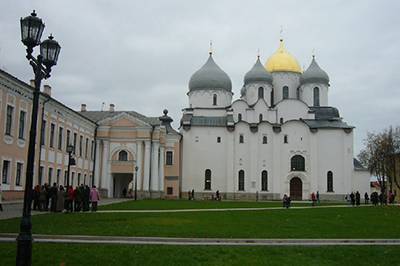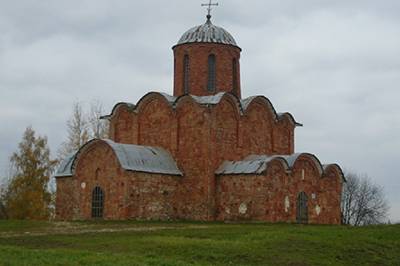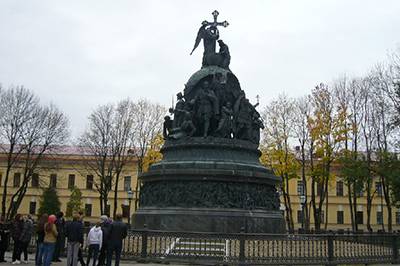
Veliky Novgorod (Russian for “new town”) is one of the oldest cities in Russia, founded almost 1,200 years ago. By 977 Novgorod gained its independence from Kievan Rus. During the 11th and 12th centuries the town prospered when it served as a major center between Baltic and Black sea trading routes.
Soon the city with its 30,000 inhabitants, one of the most well educated centers in eastern Europe, became known as Novgorod the Great. A century later while other areas of the country were sacked by the invading Tatar hordes, this region escaped severe Mongol occupation. In 1240, Prince of Novgorod, Alexander Nevsky, also battled off the attacking Swedes. The golden age of Novgorod lay between 12th and 15th centuries when wealthy nobles and merchants built over 200 churches. Even though the city remained a centre for trade and religion well into the 16th century, it eventually lost its independence to Moscow when Ivan the Terrible‘s troops occupied the city in 1478.



By the early 18th century the city lost its strategic significance and slowly fell into a state of relative obscurity. It will take us about two hours to get there (and two hours to gate back) and you will experience a 4 hour excursion with a local, fully licensed English speaking guide. We start with Open Air Museum park of Wooden architecture (known as Vitoslavlitsy). Here there is a collection of old wooden buildings and log architecture – churches, windmills, izba cottages, granaries, – dating from the 16th century to the 19th centuries and collected from outlying villages.
Just 15 minutes walk brings you to the Yuriev Monastery ensemble and the magnificent asymmetric three domed Cathedral of St George, commissioned in 1119 by Prince Vsevolod. Then we will show you Novgorod Kremlin (Russian for “fotress”) with its famous Cathedral of Sofia (its western portal contains the bronze Sigtuna Doors, made in Magdenburg in the early 1050’s)
In the center of Kremlin there is the Millenium Memorial, erected in 1862 to commemorate the 1000th anniversary of Ruric’s (founder of the first Russian ruling dynasty) arrival in Novgorod. The museum of History, Architecture and Art is the Kremlin’s largest building: it has 35 halls and over 8,000 exhibitions including collections of the churches’ medieval art and icons.
